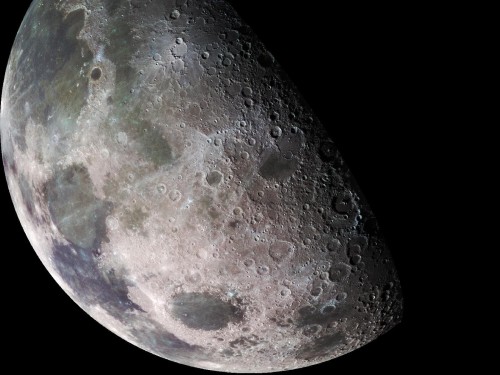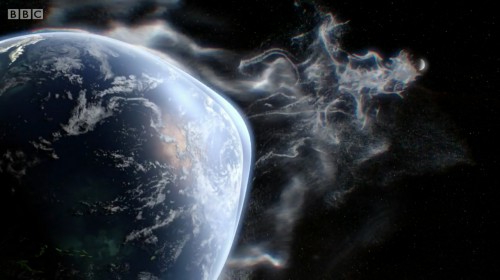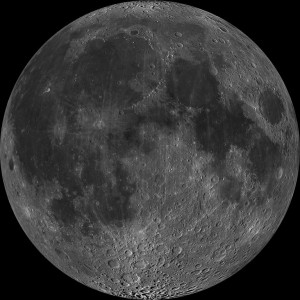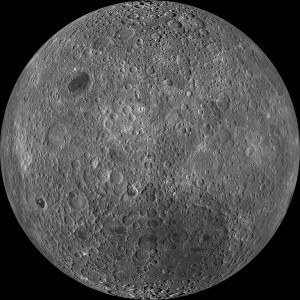This week I was going to write about Black Holes, however with history being made yesterday afternoon, how could I not write about the Rosetta mission?
Jonny gave some background to the Rosetta mission a few weeks ago, so now that Philae (the probe) has landed, it’s time for an update!
Philae Has Landed
At 16:05 GMT yesterday afternoon, Philae successfully landed on Comet 67P/Churyumov-Gerasimenko. It wasn’t a perfect landing, as when Philae first touched down, it is thought that the harpoons did not fire, and as such, it bounced off potentially up to a kilometer high, before landing again. The European Space Agency belive that it first landed at 15:33 and then it landed again at 17:26. It is thought that the second landing wasn’t a success either, but after another short bounce it is believed that at 17:33 Philae finally landed properly. With so little gravity, it is very fortunate that after one unsuccessful landing Philae didn’t sustain major damage, or wasn’t thrown off into space.
Show-off! 😉 MT @Philae2014: Yesterday was exhausting! I actually performed 3 landings,15:33, 17:26 & 17:33 UTC. #CometLanding
— ESA Rosetta Mission (@ESA_Rosetta) November 13, 2014
Whilst scientists aren’t sure if Philae is properly secured, they do know that it is functioning as it has already sent communication including pictures, back to Earth.
The first ever up close picture of a comet as taken by #Philae. Amazing. What an achievement @ESA! #Rosetta pic.twitter.com/tOJdDGwnqx — Technology Bloggers (@TechBloggers) November 13, 2014
Delay
Sunlight takes 8 minutes and 19 seconds to reach Earth. The signal confirming that Philae had landed took 28 minutes from leaving Rosetta to reach Earth, showing just how far away it is. The comet Rosetta has been tracking takes 6 years to orbit the Sun and is currently around 450 million kilometers from the Sun. To put that into perspective, Earth is around 150 million kilometers from the Sun.
Singing
A sound clip from Rosetta has also been sent back to Earth. Want to know what life on a comet sounds like? Check out the clip below.
The sound is going viral, as millions of people on social media speculate as to what it is. It is the lonely sound of space, or could it be aliens crying out?
More?
If you are interested in finding out more about the landing itself, take a look at this handy BBC guide. You can also follow Philae and Rosetta on Twitter. For more information on anything Rosetta, head over to the European Space Agency’s dedicated site.
Naturally, keep a close watch on social media today, for more exciting developments.





